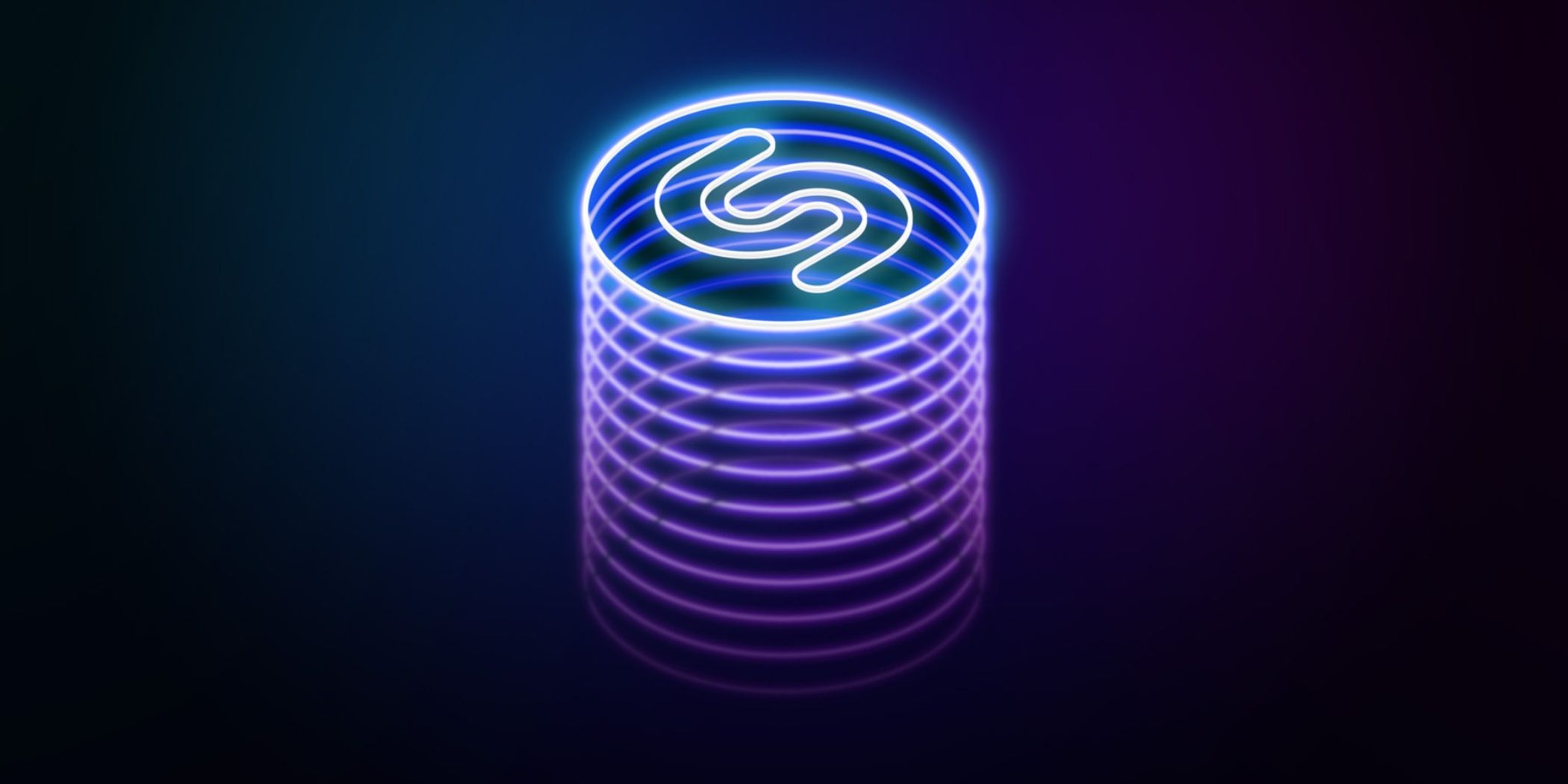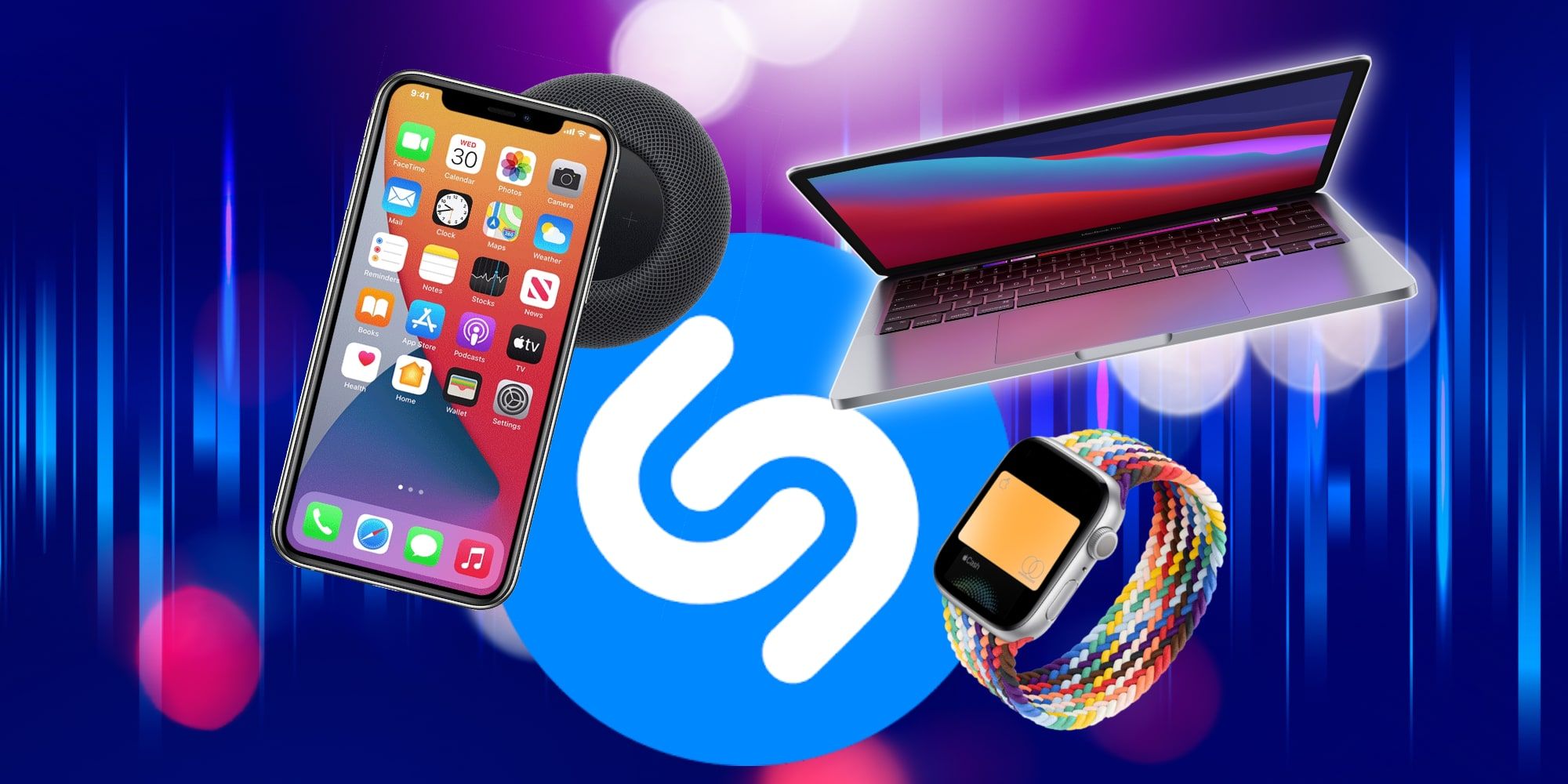Anyone searching for the name of a song playing in their environment has likely sought out Shazam — the popular music identifier embedded in many other applications and services — throughout its two-decade history. Though it might not be known to each user, Shazam powers song identification in service far beyond the standalone application. Over the years, the application became more prominent — both in the technology industry and amongst individual users. While it's now common to refer to Shazam as the go-to for song identification, the transition from a small, text-message service to an Apple-owned tech giant is a journey that spans across 70 billion song recognitions.
The service filled a need sought by many — the ability to identify the name of a song heard in the user's surroundings. This can be sometimes accomplished by asking someone nearby or searching the web with lyrics, but these aren't a solution all the time. For example, if the lyrics are hard to make out — or there are no lyrics at all — it can seem impossible to find the name of the track. That's where Shazam came into the picture, as a service that could identify songs in just a few seconds. Using the built-in microphones on modern devices, Shazam was able to identify songs playing in a user's surroundings with impressive accuracy, and found success.
In 2022, Shazam hit the twenty-year mark as a music identification service — reaching impressive milestones in that time — sparking a reflection on how it grew from a small text-message service to a platform embedded within Apple's iOS. Shazam was first created in 2002 as a small text-message service in Europe, and was a lot different from the application known today. Instead of using an app to identify songs, users would dial '2580' on their cell phones and hold the device close to the music. Users would then hang up and receive a text message identifying the song playing in their environment. It would take six more years for Shazam to become listed on the App Store, shortly after the first iPhone was released.
Shazam Becomes Built Into Apple's Operating Systems
Shazam launched on the Apple App Store in July 2008 as one of the first third-party application on the company's new operating system, built for the iPhone. The quick integration with Apple devices was then associated with Shazam moving forward, as it brought its application to the first Apple Watch in 2015. Three years later, Apple acquired Shazam and began to assimilate its service into its first-party operating system. Shazam was already available on third-party applications, like Snapchat, but the Apple acquisition brought Shazam to iOS. Instead of downloading the standalone application, iOS users could simply ask Siri to identify a song with Shazam's functionality.
Apple often acquires companies that make robust iOS, iPadOS, macOS, or watchOS applications to embed these functions directly into their operating systems. However, the Shazam acquisition particularly benefited Apple due to its products and services related to music. Apple sells audio devices for music listening — namely AirPods headphones and HomePod speakers — and also has a streaming service, Apple Music. The integration benefits Apple and its users, as people can identify a song and listen to it right in Apple Music, or add it to their library. Shazam has come a long way since starting as a text message service two decades ago, and it is now a staple of Apple's operating systems.
Source: Apple


